Somapura Mahavihara — "the Great Monastery situated in the locality of the moon" — is one of the oldest monuments in the country, and a UNESCO heritage site. Located to the northwest of Bangladesh in the district of Naogaon, the ruins of the Buddhist vihara at Paharpur are a reminder of the country's pre-Islamic glory, and to this day, serves as a cue to what was once a flourishing Buddhist culture.
Legend has it that it was Buddha himself who introduced his teachings on this plain, and later, direct disciples of Siddhartha Gautama spread the knowledge far and wide. Historians credit the Pala Empire for playing an important role in spreading the religion in this part of the subcontinent.
Based on an inscription found on a clay tablet, the Mahavihara — colloquially termed "Paharpur" — was established during the reign of Raja Dharmapala (781-821 CE), the second, and greatest, Pala ruler. Subsequent monarchs undertook major reconstructions at least twice, solidifying the status of Paharpur as a seat of great religious learning and practice.
Renowned sage and reformist, Atish Dipankar Srijnan, once taught the Mahayana form of Buddhism at this very site and between the 8 and 12 century CE, the monastery enjoyed an unsurpassed reputation in the Buddhist world.
The reason for Paharpur's slow decline is unclear and before excavation work began in the early 20th century, the structure had been buried for about 500 years! Restoration work spanning almost a century has revealed its architectural magnificence.
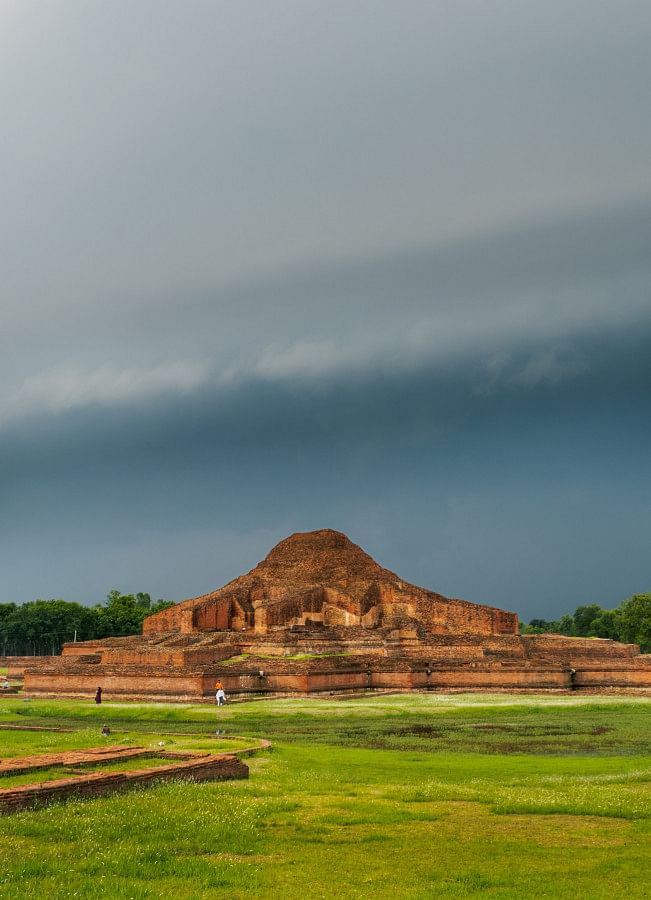
The ancient complex is quadrangular, 180 m by 181 m, in plan — typical of Mahaviharas of that time. In the centre of the open courtyard of the monastery, there stands the trace of a grand four-faced temple rising about 70 feet above ground level.
Rows of cells facing inward toward the main shrine in the middle of the courtyard compose the monastery's outside walls. These cells, which made up the exterior wall of the monastery during its final construction stages, numbered 177.
The peripheral walls feature terracotta plaques depicting dancing nymphs, fish, elephants, and other motifs. The images currently seen are later-day additions, as the original plaques have been removed for their preservation.
The grandeur of Paharpur, at the time of its completion, was unlike any other vihara in Asia and to this day, stands as the second largest single Buddhist monastery south of the Himalayas! The architecture of this site had a profound influence on the later-day construction of Buddhist temples that we now see in Myanmar, Central Java…as far away as Cambodia!
Artefacts found at the site and the surrounding places are now on display at the Paharpur Museum, located within the complex featuring the ruins of the monastery, enriching visitors' understanding of the site's cultural and historical importance.
As the night breaks into dawn, the first light reflected on the central temple creates an ethereal experience. Winter is perhaps the best season to travel, as summer days in Northwest Bangladesh are hot and humid.
A note for travellers —
The Ruins of Paharpur lie some considerable distance (approximately 235 km). One can always take a flight to Rajshahi Airport (103 km away from the site) or Saidpur Airport (91 km from Paharpur) and then travel to Bogura city by car.
An affordable option is to take a bus from Dhaka to Bogura, which is 190 km away as the crow flies.
While the vihara is reachable from surrounding districts by road and rail, renting a car from Bogura to Paharpur offers the most comfortable and convenient combination that is enhanced by the city's hospitality and housing options.
Bogura is a centre of commerce and economic activity but within a few minutes of leaving the town, one can get a taste of the country's famed, picturesque greenery.
It is also possible to make other day trips to other historical sites nearby like Mahasthangarh, situated in Sibganj, Bogura, where one finds the remains of an entrenched city called Pundranagara. It is one of the oldest archaeological relics in Bangladesh, dating back to 300 BCE.
A journey from the town to Paharpur will take you down a winding road with scenes of pastoral Bengal on either side. It's a short trip, hardly a 100-minute drive, and one that a traveller, unaccustomed to the Bengali way of living, will thoroughly enjoy.
Here is a link on Google Maps, with the destination pinned
For travellers planning a day trip, both the complex and its surroundings offer a variety of local cuisines, inviting exploration of flavours that reflect Bangladesh's culinary heritage. There is also a rest house nearby — a facility that can be availed for an overnight stay with prior, special permission from the custodian of the site.
Tourist guides are hard to come by, so for a better understanding of the architecture and the historic/social importance of the archaeological site, do some prior online research. Check the weather forecast; lightweight, breathable clothing is recommended.

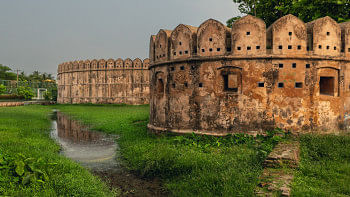
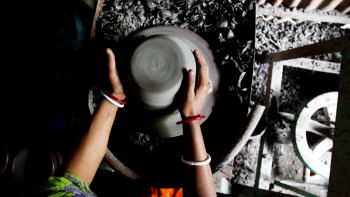

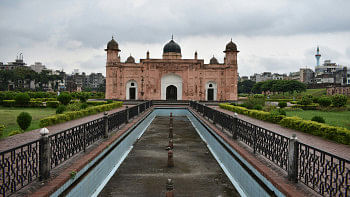




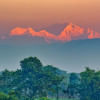

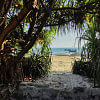

Comments